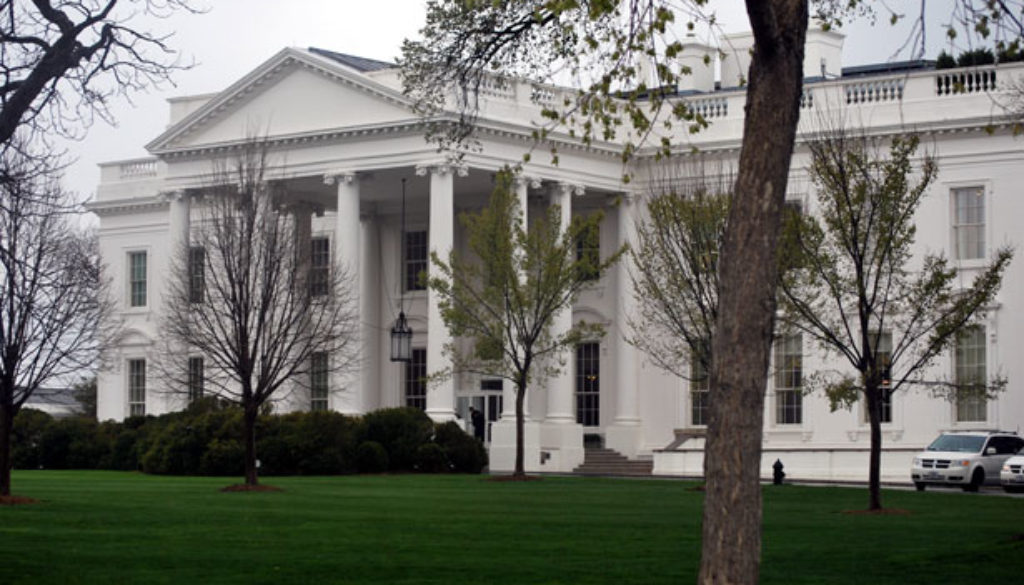Memo to the Next President: Build a Regulatory System That Works for the People
By James Goodwin, Center for Progressive Reform
In an earlier post, CPR Member Scholar Robert Glicksman discussed the need for the next president to champion a truly positive vision of government and regulation. A new way of thinking and talking about these issues is critically important, and the president should play a key role in charting this course.
While a rhetorical shift is important and long overdue, it is also crucial that the next president be prepared to match actions to words. Consequently, the next president should also commit to building a 21st century regulatory system, one that makes good on the promise of a positive vision of government by working to protect our health, safety, environment, and financial security. Continued political gridlock in Congress – if that’s what the November election yields – will likely defeat timely and effective legislative responses to public threats of harm. Instead, if any such protections are to come, the next president will have to achieve them through the regulatory system using existing statutory authority.
Such executive action to safeguard the public is an important example of democracy in action, and not, as corporate lobbyists and their conservative allies in Congress would argue, a betrayal of our constitutional system of government. To the contrary, Article II charges the president with the solemn responsibility of “tak[ing] care that the Laws be faithfully executed,” and regulations are but one concrete manifestation of the discharge of this responsibility. After all, every regulation shares the same starting point – a provision in a duly enacted law. Without the regulatory system, those provisions would simply remain words on paper.
In its current form, the regulatory system is not working as well as it should be. Rather, it has increasingly become rigged to advance the narrow interests of powerful corporations instead of the broader public interest. For example, trade associations and other industry-funded groups dominate nearly every step of the rulemaking process from beginning to end. As a result, many important safeguards end up delayed, diluted, or completely blocked.
Because of this hobbled rulemaking process, agencies like the Environmental Protection Agency and the Food and Drug Administration are unable to carry out the statutory missions that Congress set out for them in landmark laws such as the Clean Air Act and the Federal Food, Drug, and Cosmetic Act. By avoiding the costs of complying with protective safeguards, corporate interests are able to continue profiting off their polluting activities or dangerous products. The general public is not so lucky, however. They continue to bear the costs of hobbled government in terms of premature deaths, costly hospital visits, and missed work and school days.
To build a successful 21st century regulatory system, at least 12 essential features must be incorporated into its design so that it is better able to protect people and the environment. To that end, the next president should:
- Work for adequate budgetary resources, equipment, and personnel for each agency to fulfill its statutory mission.
- Lobby for enhanced or updated legal authorities to better address any gaps in regulatory safeguards that relate to each agency’s statutory mission.
- Press for enhanced or updated legal authorities to address any new and emerging threats that relate to each agency’s statutory mission.
- Eliminate all unnecessary and burdensome analytical and procedural requirements that unduly delay agency action and waste agency resources.
- Appoint qualified experts with a demonstrated commitment to the public interest to relevant leadership posts within agencies.
- Preserve agency expert-driven discretion against interference from political officials within the White House.
- Promote regulatory decision-making that prioritizes public protections over narrow, private economic concerns, to the extent consistent with applicable statutory authority.
- Refuse to allow scientific uncertainty to serve as a justification for regulatory inaction in the face of significant threats of harm, to the extent consistent with applicable statutory authority.
- Strongly defend agency actions against political and other self-serving attacks.
- Enhance transparency measures for key decision points in the rulemaking process to guard against regulatory capture.
- Preserve individual access to the courts by vetoing legislation that cuts off the ability of citizens to sue irresponsible corporations and blocking efforts by regulatory agencies to preempt or block such lawsuits.
- Take affirmative steps to ensure that the opportunities for individuals, families, and small businesses to participate in the regulatory system are at or near parity with those enjoyed by large corporations and trade associations, including, when appropriate, measures to restrict or limit the participation of large corporations and trade associations.
Unfortunately, the development of some of these features – such as improved budgetary resources – will require some legislative action. As such, they may not come to full fruition until a later administration. For others, the next president can reasonably make a great deal of progress during just the first 100 days of the administration. For example, the next president can issue an early executive order that would require greater transparency throughout the rulemaking process. The important thing is that the next president begins to lay the groundwork for succeeding presidents to build upon.
In the coming weeks, the Center for Progressive Reform will expand upon these themes in a new paper, so watch this space and the CPR website for updates.

